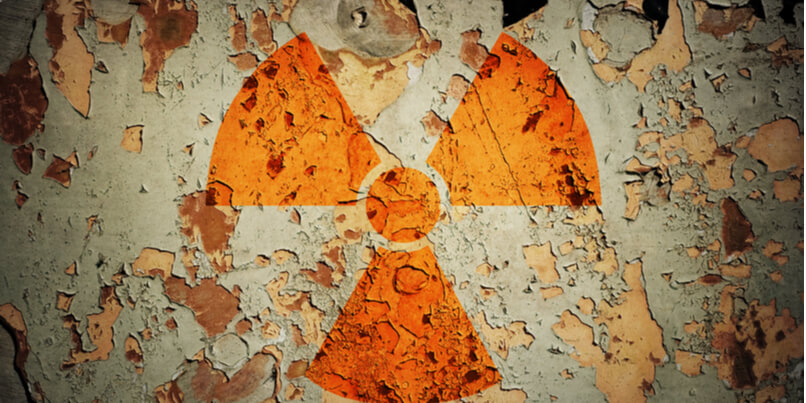 Whenever there is the need to respond to an incident that involves the release of an uncontrolled source of radiation, a critical objective will be to minimise the risk of unnecessary exposure.
Whenever there is the need to respond to an incident that involves the release of an uncontrolled source of radiation, a critical objective will be to minimise the risk of unnecessary exposure.
Radiological incidents where there is the potential for a significant release of radionuclides are many and varied - whether it be a transportation accident, a fire within a nuclear fuel manufacturing plant, or a terrorist act that involves the use of a radiological dispersal device (RDD) or improvised nuclear device (IND).
Assessing the radiological risk
The danger that any specific radiological incident will pose to human and environmental safety will depend on a variety of factors:
- The type of radionuclides that are involved
- The size, scope and complexity of the incident
- The feasibility of proposed protective actions
- The timing of notification and response
- The efficiency with which protective actions are implemented
A guide to initial protective actions
The US Environmental Protection Agency (EPA) Protection Action Guide (PAG) for Radiological Incidents 2017 provides an invaluable framework to aid public officials in their planning for emergency response to radiological incidents.
The PAG defines a radiological incident as an event or series of events - whether deliberate or accidental - that leads to the release of radioactive materials into the environment in sufficient levels to warrant protective actions.
Additionally, the Radiological/Nuclear Incident Annex to the Response and Recovery Federal Interagency Operations Plans 2016 provides a useful frame of reference by setting out the three key operational phases that can guide radiological response and recovery.
Phase 1 of the plan is termed Primarily Pre-Incident and comprises three categories; 1a - during which where there are normal operations; 1b - where there is an increased likelihood or elevated risk of threat and 1c - where there is evidence of a near certain or credible threat.
The second phase pertains to either when a radiological or nuclear incident first occurs or when notification of that incident is received.
Once again, there are three distinct stages within this phase: 2a - which is concerned with activation, situational assessment and movement; 2b - which relates to the employment of resources and the stabilisation of the incident and 3b - which begins with the commencement of intermediate operations.
Phase 3 of the federal radiological plan focuses on the tasks that pertain to sustained, long-term recovery operations - beginning with the recovery actions that will be put in place to reduce radiation in the environment to acceptable levels and ending when all recovery actions have been completed.
The phases of the EPA's Protection Action Guide take into account the fact that the priorities that are set - and the decisions that are made early in the response - can often have a cascading effect on future actions and on the nature and efficiency of recovery.
In addition, the guidelines also recognise that radiological/nuclear response activities can often be concurrent and interdependent.
Realistic training for radiological events
The locations in which radiation incidents may occur can often be difficult to predict - and particularly in the case of acts of radiological terrorism.
In the case of the detonation of an RDD for example, the incident could feasibly take place in any location, with the potential for radiological contaminants to disperse over a wide variety of terrain and surfaces.
Training for the unpredictable nature of radiological events can present some unique and complex challenges.
High-fidelity field training exercises can often be expensive and impractical to carry out with any degree of frequency.
In some cases too, essential hands-on learning opportunities such as the understanding of shielding or inverse square law can be diminished or overlooked altogether.
It is crucial that students have access to the most realistic learning experience possible - but at the same time it is also imperative that there is zero risk to personal safety, the safety of the wider community, the environment, equipment or infrastructure.
The use of intelligent simulator training systems provide CBRN and HazMat response personnel with the opportunity to train for actual radiological scenarios in real-life settings - and to gain practical hands-on experience using true-to-life equipment.
An even greater level of hands-on authenticity can now also be achieved through the use of innovative new training systems such as the Radiation Field Training Simulator (RaFTS) which enables trainees to safely train against a diverse variety of radiological hazards whilst using their own actual detector equipment.
The delivery of effective radiation training relies on a careful balance between authenticity and safety.
RaFTS' merging of virtual and real-world capability makes it possible for instructors to replace the use of individual simulators with a singular, universal training solution that can be connected to a vast array of real detector equipment.







